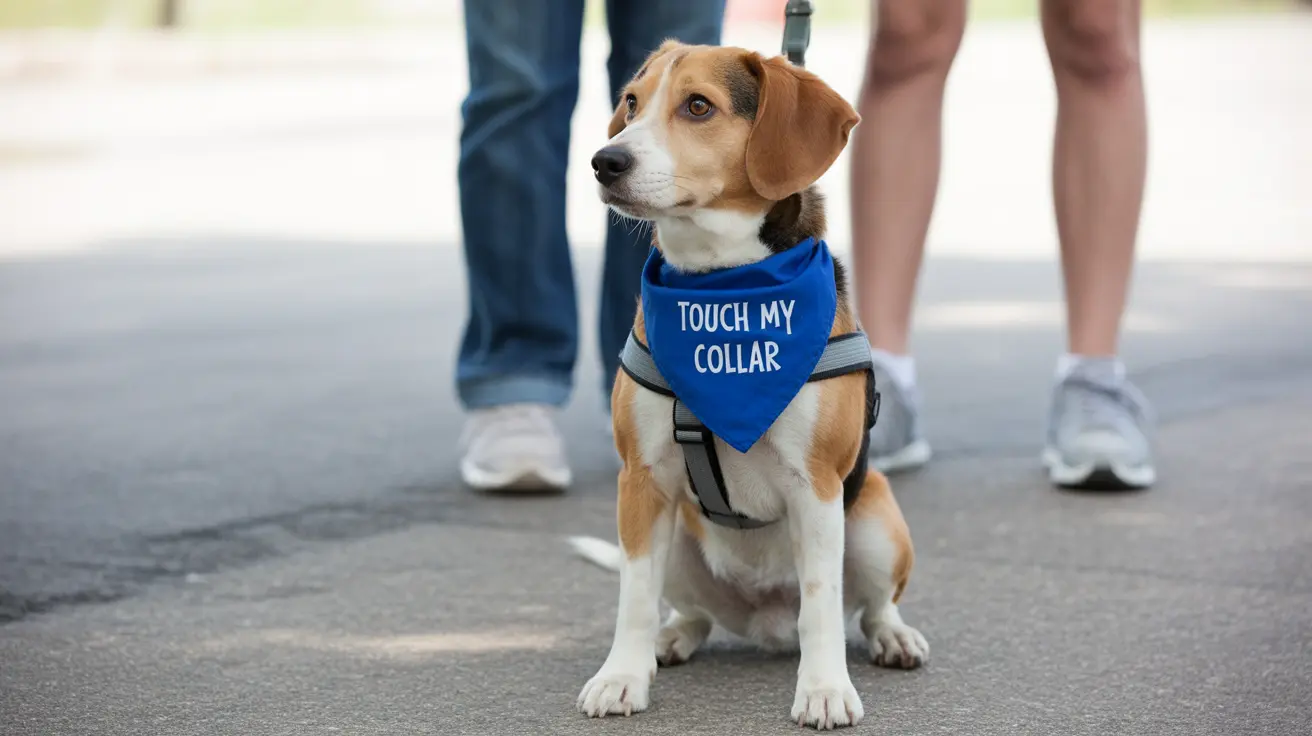Can Green Beans Act as a Laxative for Dogs?
Green beans are a popular vegetable often praised for their health benefits in humans—but are they beneficial for dogs too? More specifically, do green beans act as a laxative for dogs? The short answer is no, green beans are not classified as a laxative, but their high fiber content can support digestive health in canines. When introduced properly, they can aid in regulating bowel movements without causing harm.
Nutritional Profile of Green Beans
Green beans are a low-calorie vegetable packed with various essential nutrients. When given to dogs in moderation and prepared correctly, they offer the following benefits:
- Dietary fiber – aids in healthy digestion and regular bowel movements
- Vitamins A, B6, C, and K – support immune function, vision, and blood clotting
- Minerals like calcium, iron, and potassium – essential for bone health, circulation, and muscle function
- Antioxidants – help combat cellular damage and support overall health
How Fiber Works in a Dog’s Digestive System
Fiber absorbs water and helps in forming bulkier stools, which can lead to easier bowel movements. This makes green beans useful for dogs that may experience mild constipation. However, they do not have the same mechanism or effect as a true laxative. Too much fiber, especially from a sudden increase in vegetables like green beans, can cause:
- Bloating
- Gas
- Stomach aching
- Loose stools or diarrhea
- Vomiting in more sensitive dogs
Serving Green Beans to Dogs Safely
Always serve plain green beans—free of salt, oil, butter, garlic, onions, or spices. Safe forms include:
- Raw (chopped into small pieces)
- Steamed or cooked (without seasoning)
- Frozen (served as a crunchy treat)
- Pureed (for easier digestion in sensitive stomachs or puppies)
Precautions to Follow
Despite their benefits, green beans should be an occasional treat, not a staple. Feeding large quantities can lead to nutritional deficiencies because green beans are lacking in essential fatty acids and proteins that dogs require. Never replace more than 10% of a dog’s daily calorie intake with treats—including vegetables.
Safe Portions by Dog Weight
- Extra-small (2–10 lbs): 1 bean/day
- Small (11–20 lbs): 2 beans/day
- Medium (21–50 lbs): 3 beans/day
- Large (51–90 lbs): 4 beans/day
- Extra-large (91+ lbs): 5 beans/day
Dangers of Improper Preparation
Avoid green beans from casseroles, mixed dishes, or canned options with high sodium content. Canned green beans should be rinsed thoroughly or you should opt for no-salt-added varieties. The inclusion of harmful ingredients like onions and garlic—common in human dishes—can be toxic to dogs.
When to Consult a Veterinarian
If green beans cause any negative digestive reactions, such as persistent diarrhea, vomiting, or bloating, immediately reduce or eliminate them from your dog’s diet. Contact your vet if symptoms last longer than 24 hours or worsen.
Other Dog-Safe Vegetables
In addition to green beans, you can occasionally feed your dog other safe veggies like:
- Carrots
- Broccoli
- Celery
- Sweet potatoes
Always introduce new foods gradually and observe your dog for any digestive issues.
The Bottom Line
Green beans, while not a laxative, can promote digestive regularity due to their fiber content. When given responsibly, they offer a healthy, low-calorie snack option. However, they should never replace a complete and balanced diet. For dogs needing a weight management plan or dietary adjustment, veterinary consultation is essential. Focus on moderation, safety, and balance when incorporating treats like green beans into your dog’s diet.





